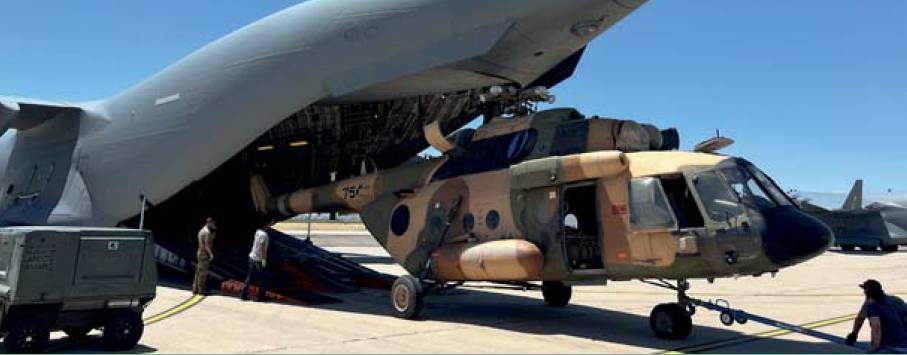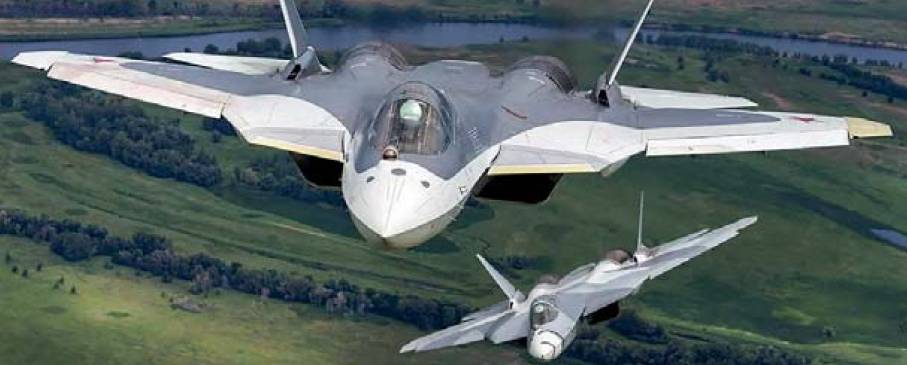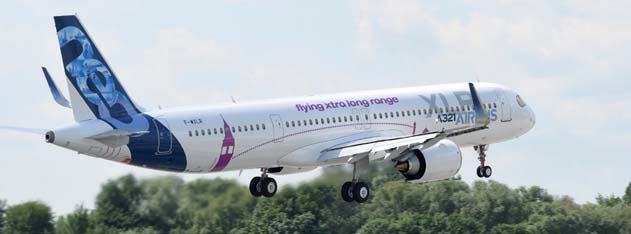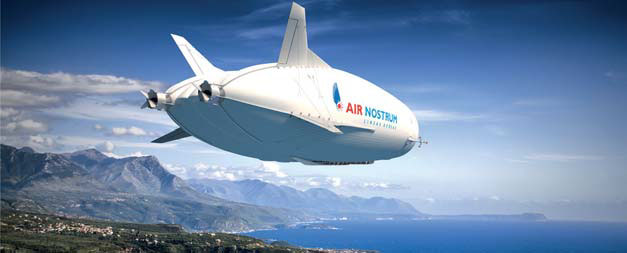Radome
Intelligence / Analysis / Comment
 USAF
USAFHelicopters originally destined for the Afghan Air Force are among the latest packages of military aid to be be supplied to Ukraine by the West. On 20 May, a Mi-17 helicopter was loaded into a USAF C-17 Globemaster III aircraft at Davis-Monthan AFB and flown to Sliac Airport in Slovakia by the 167th Airlift Wing of the West Virginia National Guard. The Mi-17 is one of 16 helicopters and numerous other weapon systems the US has committed to the Ukrainian military.
The US is to sell four armed General AtomicASI MQ-1C Gray Eagle MALE UAVs to Ukraine in an escalation of the type and capability of drones supplied to Kyiv in its battle against Moscow. Operated by the US Army in US service, the Gray Eagle, a derivative of the Predator, can carry Hellfire missiles and has an endurance of 30hr. It would complement the small armed TB2 drones used by Ukraine.
Meanwhile, a Lithuanian crowd-funding campaign saw almost €6m raised in three days to buy a Turkish TB2 drone for the Ukrianian military. The Turkish manufacturer of the TB2, Baykar Tech, now says it will donate a drone with the money raised going to humanitarian aid instead.
 UAC
UAC
Russian Deputy Prime Minister Yury Borisov has claimed that the country has deployed its latest Sukhoi Su-57 stealth fighters in combat operations against Ukraine, reportedly against air defences in early June. While the fighter was tested in Syria, only a handful of production Su-57s are believed to have entered service.
Ukraine now has more Starlink communication satellite users than the entire US, according to the former Chairman of the State Space Agency of Ukraine, Volodymyr Usov. Speaking at the UK MoD’s Defence Space conference in May, he explained how the megaconstellation, rolled out to users in record time, had been a gamechanger in keeping the country connected, even in the face of Russian attacks on its telecoms’ infrastructure. SpaceX says it has 400,000 Starlink subscribers worldwide. [See ‘Ukraine conflict points to a future of space-enabled war’ AEROSPACE Insight https://www.aerosociety.com/news/ukraine-conflict-points-to-a-future-of-space-enabled-war/]
Tier 1 Engineering completed the first flight of an all-electric Robinson e-R44 helicopter with a magniX electric propulsion unit (EPU) on 4 June. The three-minute flight took place at the Los Alamitos Army Airfield in California. Tier 1 first modified the R44 in 2016 and flew it using its own battery system but the certifiable magniX system means the aircraft is now one step closer to obtaining aircraft certification.
The company already has a launch customer lined up for the all-electric eR44 in the form of Lung Biotechnology PBC which plans to use a fleet of electric helicopters to transport life-saving organs in US cities. MagniX already supplies electric motors for electric DHC Beaver and Cessna Caravan conversions.
The UK’s aviation safety regulator, the CAA is to adopt the European Union Aviation Safety Agency (EASA) regulations on eVTOL aircraft or ‘flying taxis’. Rob Bishton, Group Director for safety and airspace regulation said: “The decision to adopt [Special Condition] SC-VTOL as our certification basis will support UK manufacturers and enable them to easily access the global market for eVTOL aircraft”.
The move was also welcomed by UK eVTOL manufacturer Vertical Aerospace, which is pursuing dual CAA/EASA certification for its VX4 aerial taxi, said in a statement: “The UK confirming these high standards of safety for new electric aircraft is a pivotal and positive step towards building a world-leading zero emissions aircraft manufacturer in Britain.”
 Stephen Bridgewater/RAeSOn 15 June 2022, the latest version of Airbus’ successful A320neo family, the A321XLR, made its first flight. The prototype took off at Hamburg-Finkenwerder and conducted a test flight of 4 hours and 35 minutes during which the aircraft’s flight controls, low and high-speed performance and CFM International Leap 1A engines were evaluated. The A321XLR will serve routes of up to 8,700km, 15% more than that of the existing A321LR.
Stephen Bridgewater/RAeSOn 15 June 2022, the latest version of Airbus’ successful A320neo family, the A321XLR, made its first flight. The prototype took off at Hamburg-Finkenwerder and conducted a test flight of 4 hours and 35 minutes during which the aircraft’s flight controls, low and high-speed performance and CFM International Leap 1A engines were evaluated. The A321XLR will serve routes of up to 8,700km, 15% more than that of the existing A321LR.
To achieve this range, the changes on the A321XLR – compared to other versions of the A321neo – include a new MTOW of 101t, a 12,900 litre permanent Rear Centre Tank (RCT), a modified and strengthened landing gear and an optimised single slotted wing-trailing-edge inboard flap configuration.
 Tim Robinson/RAeS
Tim Robinson/RAeS
Now marking its tenth year of sustainable flight testing, Boeing has unveilled its 2022 ecoDemonstrator aircraft. This year a Boeing-owned 777-200ER is set to test around 30 different sustainable, weight-saving and safety technologies, including SMART vortex generators, ‘greywater’ conversion system and a head-mounted display that will be linked to a synthetic vision system camera in the nose. It will also fly on the highest blend of SAF available during flight testing.
 Space Engine Systems
Space Engine Systems
A Canadian company has revealed that it is developing a Mach 5 piloted hypersonic demonstrator. Space Engine Systems’ HELLO-1 prototype would use a pre-cooler and ramjet propulsion and is currently undergoing full-scale ground testing. As part of this, SES is also testing the entire vehicle in full-scale heated wing-up bending testing, by subjecting the aircraft to thermal loads of up to 1,400C in a ground test chamber that is fed by jet engines. SES says the vehicle will be ready for flight testing later this year.
 NASANASA has selected Axiom Space and Collins Aerospace to develop and produce the next generation of spacesuits and EVA systems for astronauts working outside the ISS, and the upcoming Artemis Moon mission.
NASANASA has selected Axiom Space and Collins Aerospace to develop and produce the next generation of spacesuits and EVA systems for astronauts working outside the ISS, and the upcoming Artemis Moon mission.
“By partnering with industry, we are efficiently advancing the necessary technology to keep Americans on a path of successful discovery on the International Space Station and as we set our sights on exploring the lunar surface,” said Vanessa Wyche, Director of NASA’s Johnson Space Center.
The FAA has told SpaceX to take more than 75 actions to mitigate the potential environmental impact of its planned Starship/Super Heavy launch operations in Boca Chica, Texas. The requirements are the result of a recently completed environmental assessment, conducted by the FAA as part of the decision-making process for SpaceX’s Launch Operator License application. Aside from those actions, the FAA found that launch plans would not result in significant environmental consequences.
- Meanwhile, Elon Musk, has said that Starship should be ready for its first orbital flight this month with a second stack to fly in August.
As passenger demand surges back after the easing of Covid restrictions, airports and airlines continue to struggle with ongoing disruptions, queues and cancellations, due to a shortage of staff that were laid off during the pandemic. In June, Amsterdam’s Schiphol Airport said it would cap its passenger capacity to 16% lower than planned during this summer, due to weeks of queues and cancellations caused by a lack of staff. In the UK, Heathrow Airport has asked airlines to cut 10% of their flights to ease disruption. The situation is not confined to Europe, with US airlines, including American Airlines, reducing services due to a shortage of crews.
 Hybrid Air Vehicles
Hybrid Air Vehicles
Spanish regional carrier Air Nostrum has become the first airline to express an interest in the Hybrid Air Vehicles (HAV) Airlander 10 airship. The firm has reserved a fleet of ten of the airships and will become the launch customer of the technology.
Air Nostrum is anticipating taking delivery of the first Airlander 10 in 2026, with a view to operating regional routes around Spain with the aircraft, cutting flight emissions by up to 90%. HAV plans to launch production of the aircraft in South Yorkshire this year, creating “thousands of skilled jobs in green aerospace technologies and supporting levelling up across the region.”
The CEO of European low-cost carrier Wizz Air has faced a widespread a backlash from pilots’ unions after telling fatigued pilots to go the ‘extra mile’ and work to avoid the reputational damage from cancelled flights. József Váradi had said that the airline needed to “take down the fatigue rate” because of ongoing staff shortages.
However, his message to staff was slammed by unions with the European Cockpit Association tweeting: “Deficient safety culture alert! @WizzAir CEO encourages pilots to fly fatigued! It’s like handing the car keys to a drunk driver. @ EASA step in! You are WIZZ’ oversight authority” while the UK’s BALPA said: “Airlines have just had the worst two financial years on record but safety must come first no matter what”.
 Norwegian MoD
Norwegian MoD
The Norwegian MoD has announced it is to cease operations immediately with its fleet of NH Industries NH90 helicopters, return existing examples to the manufacturer and also demand a refund. Oslo cites poor availability for the type, with the helicopters only flying 700 hours of the expected 3,900 hours, delays in deliveries and a high level of component failure. Despite ordering 14 NH90s for ASW and SAR, only eight have been delivered in a fully operational configuration, says the MoD, with six still needing extra work to bring them up to the front-line standard. A search for new helicopters will begin soon.
On 16 June, Dutch State Secretary Christophe van der Maat informed lawmakers in the Netherlands that the Embraer C-390M tactical transport had been selected to replace the RNLAF fleet of ageing C-130H Hercules. Five aircraft will be acquired to replace the four C-130s with delivery to begin in 2026. Van der Maat explained that the extra aircraft is necessary, due to increased flying hours projected from 2,400 to 4,000. The selection by the RNLAF marks the third European customer for the twin-jet C-390M after Hungary and Portugal bought two and five examples respectively. Meanwhile, the Brazilian AF is to reduce its C-390M buy from 28 to 22.